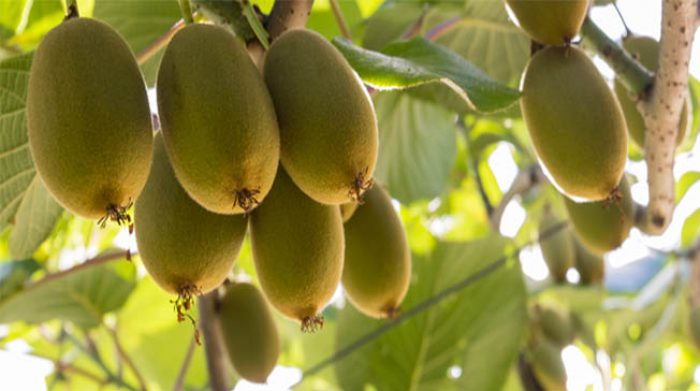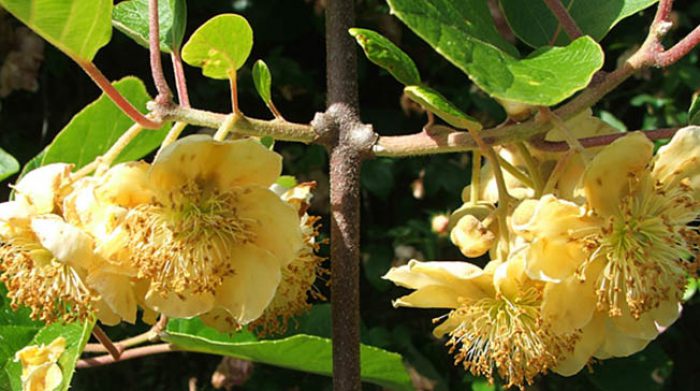Kiwi fruit history
The native fruit is South China but has been modified in New Zealand and expanded to the rest of the world. In Iran, due to the unfavorable condition of the part of citrus orchards in the north of the country, which, in some years, die from cold weather and have low performance, studies have been carried out to find an appropriate alternative for these gardens, which ultimately is a kiwifruit tree for this Purpose selected. This fruit has a higher resistance to citrus than in the cold, and its performance is elevated and the ecological conditions in the north of the country are very suitable for the cultivation of this product. In cooperation with the fao in 1979, four cultivars of Hayward, Bruno, Monti and Abbot and two male varieties called tumors and matuva came from France and Italy, and after conducting the necessary research in 1367, reproduction and distribution of horticulturists was carried out.
The arrival and expansion of this crop and the overwhelming attention of gardeners to changing the land use for cultivation of the Ministry of Agriculture has given time because the risk of turning citrus orchards, rice fields, etc. in the country into the Kiyu Fruit gardens, so the Ministry of Agriculture has supported this Due to the high cost of constructing a hectare of kiwi gardens, the cultivation of this crop was limited to a large extent, so that only grown-up gardeners can build kiwi gardens.
Most kiwifruit producers have high levels of literacy and culture. So, gradually they started to form several associations with gardener’s membership. The establishment of these organizations has had a significant impact on the production and export of this product, which has increased with the creation of training and extension classes for gardeners in this field, and as a result of the construction, maintenance, harvesting and marketing of this product is achieved with high quality. At present, the amount of fruit lost due to diseases and diseases, weather conditions, poor management, poor transportation system and cold stores is about 24 to 33 percent. About 90% of the gardens use irrigation under pressure (micro-jet).
Every year, the product manufactured by the cooperative companies purchased after being graded and packed into a refrigerator is transferred. On average, 10,000 tonnes are officially and significantly reported annually to the Gulf States and to Central and Eastern European countries. Per capita consumption of this product in the country is 0.5 kg.



